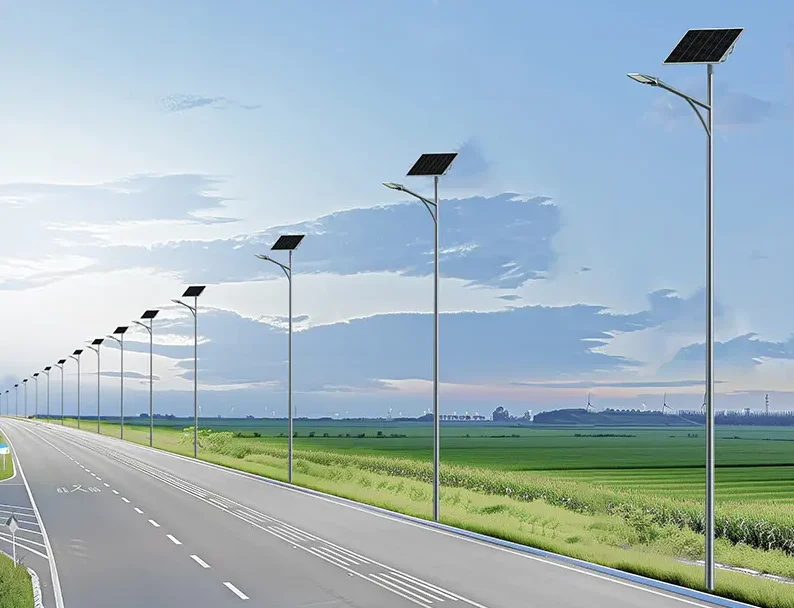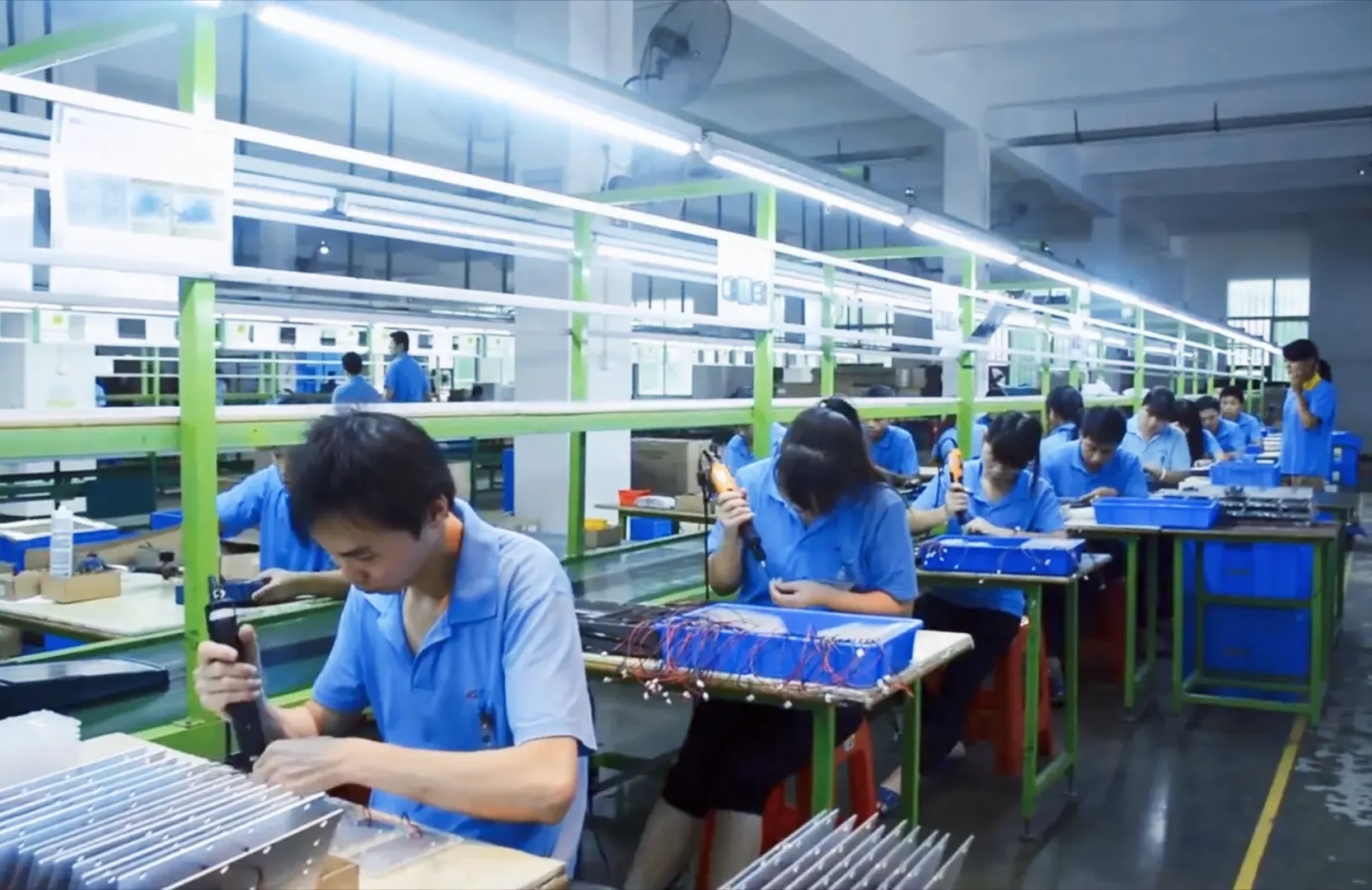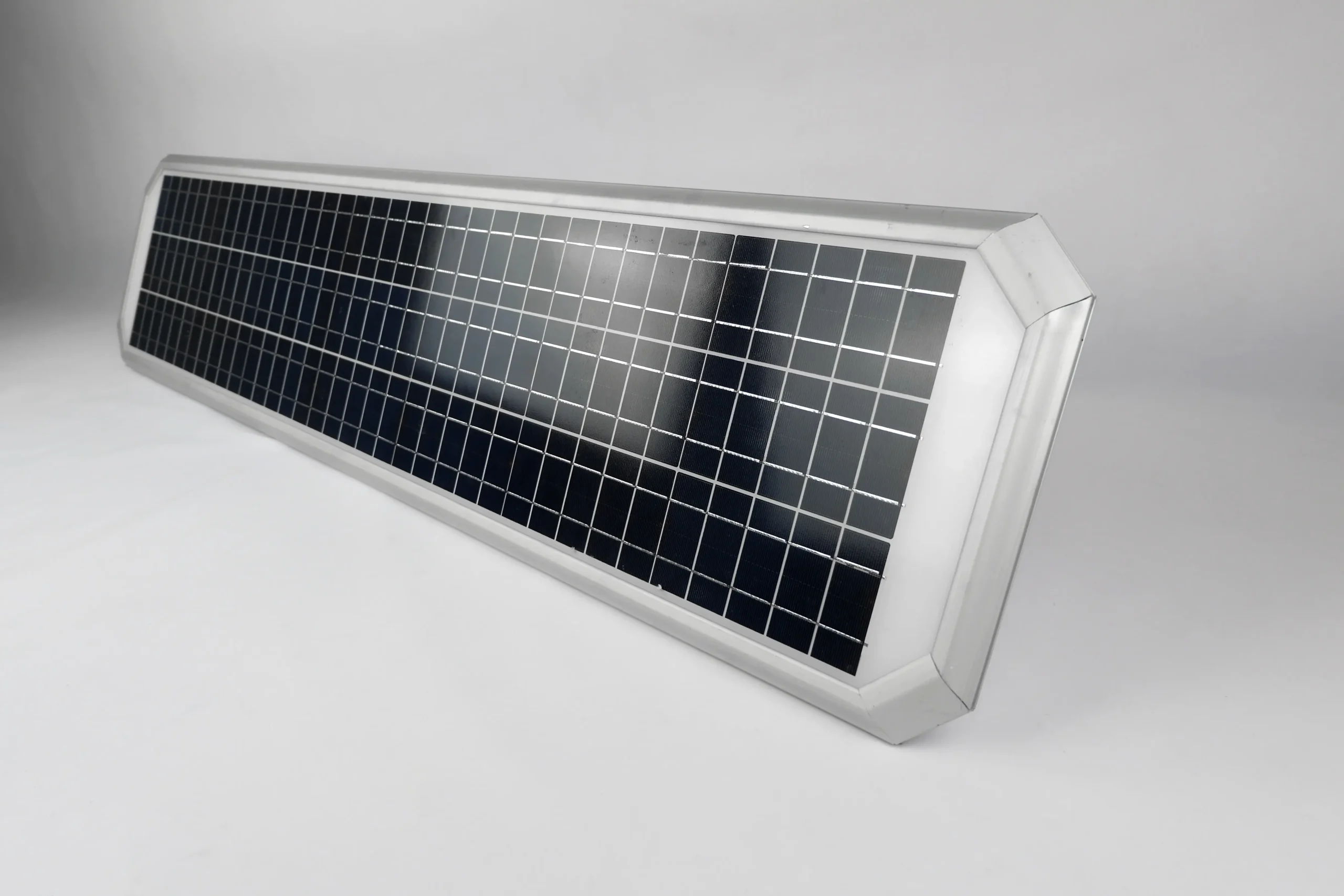With the increasing global emphasis on sustainable development and green energy, solar luminaires have gained popularity in the lighting market due to their environmentally friendly and energy-saving benefits. Especially for large-scale outdoor lighting needs, solar luminaires offer a highly efficient solution that operates independently of the traditional power grid. As an industry leader, Sresky is committed to enhancing photovoltaic (PV) conversion efficiency through continuous technological innovation, improving product performance to meet diverse customer requirements. This paper explores the importance of photovoltaic conversion efficiency for solar lighting and discusses how Sresky boosts market competitiveness through advanced technology.

1. Importance of Photovoltaic Conversion Efficiency
Photovoltaic Conversion Efficiency measures how effectively solar panels convert solar energy into electricity. For solar luminaires, higher efficiency means greater power collection, resulting in longer operating hours and brighter performance. Given the diverse climate conditions worldwide, efficient PV conversion is crucial for stability and sustainability across various weather conditions.
- 1.1 Definition of Photovoltaic Conversion Efficiency
Photovoltaic conversion efficiency is the ratio of solar energy converted to electrical energy by solar panels. This ratio directly influences charging speed and battery storage capacity. Higher efficiency allows more electricity to be collected in less time, ensuring normal operation even in low-light conditions. Improving conversion efficiency minimizes energy waste, enhancing energy utilization under challenging conditions like low temperatures and cloudy weather. - 1.2 Factors Affecting Photovoltaic Conversion Efficiency
Efficiency depends on solar panel design, structure, and external factors such as material and temperature. Sresky emphasizes:- Material Selection: High-efficiency materials, such as monocrystalline silicon, provide low attenuation and are widely used in high-performance solar lamps. Polycrystalline silicon and thin-film cells are used for cost-effective options.
- Cell Type: Sresky selects high-efficiency monocrystalline silicon panels with superior conversion rates, suitable for environments with variable lighting. These panels optimize limited light resources, functioning effectively in rainy or low-light winter conditions.
- Temperature Management: Solar panels can lose efficiency at higher temperatures. Sresky’s special design minimizes temperature impact, ensuring efficient operation in hot climates.

2. Sresky’s Technological Innovation
To tackle the challenge of improving conversion efficiency, Sresky enhances solar lamps’ overall performance through R&D and innovation, ensuring stability and adaptability across diverse scenarios.
- 2.1 Adoption of High-Efficiency Cells
Sresky utilizes high-efficiency monocrystalline silicon cells to maximize conversion efficiency. These cells offer superior performance and stability, maintaining high output over long periods. Additionally, the low-attenuation property of monocrystalline silicon ensures efficiency retention over years, reducing customer costs. - 2.2 Optimized Design and Structure
In solar panel design, Sresky optimizes cell arrangement and electrode layout to improve light absorption and output. For instance, a transmittance-enhancing film minimizes light reflection, and structural designs ensure stable efficiency in humid environments. These optimizations enable Sresky’s panels to fully convert solar energy, achieving higher overall efficiency.

3. Strategies to Improve Product Performance
Beyond enhancing PV conversion efficiency, Sresky has invested significantly in intelligent control and environmental adaptability to ensure stable operation across varied climates.
- 3.1 Intelligent Control and Regulation
Sresky integrates an intelligent control system that adjusts fixture brightness based on ambient light to reduce energy consumption. The ALS (Adaptive Lighting System) self-adjusts brightness according to battery power and light intensity, extending battery life by reducing brightness in cloudy or low-light conditions. This ensures full charging during the day and prolonged illumination at night. - 3.2 Environmental Adaptability
Sresky’s products adapt to various climates with technologies that enhance performance in rainy and low-light environments. The intelligent system detects environmental changes and adjusts battery charging and discharging. For example, during extended rainy periods, it enters a power-saving mode to maintain battery durability. This adaptability allows Sresky’s solar fixtures to maintain stability across diverse global conditions.
In pursuing green energy and sustainable development, Sresky sets a benchmark for innovation in solar luminaires. By enhancing photovoltaic conversion efficiency and integrating intelligent design, Sresky products operate stably and efficiently across various global environments. Sresky’s commitment to R&D and sustainable practices will continue as the company develops high-efficiency, reliable solar lighting solutions for customers worldwide.